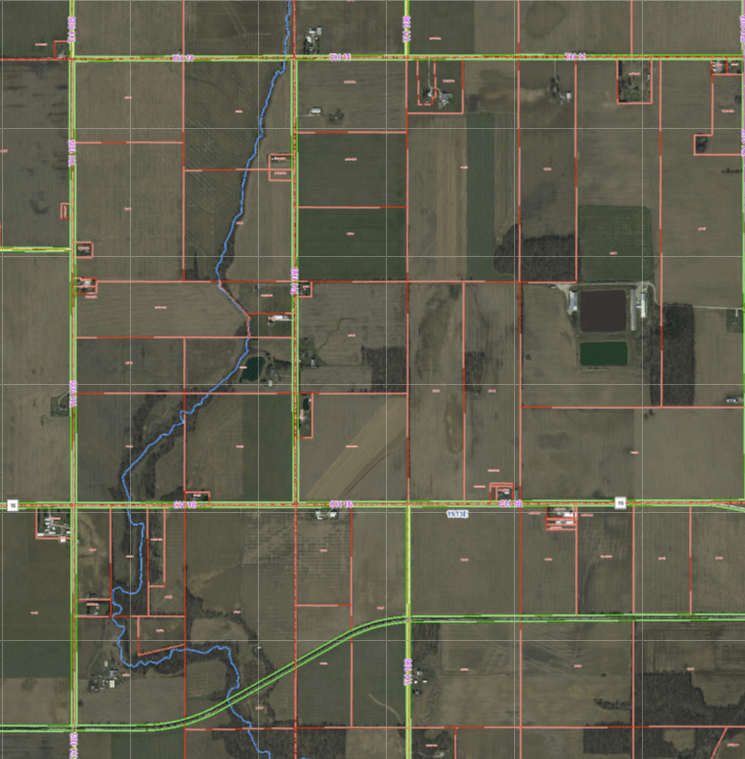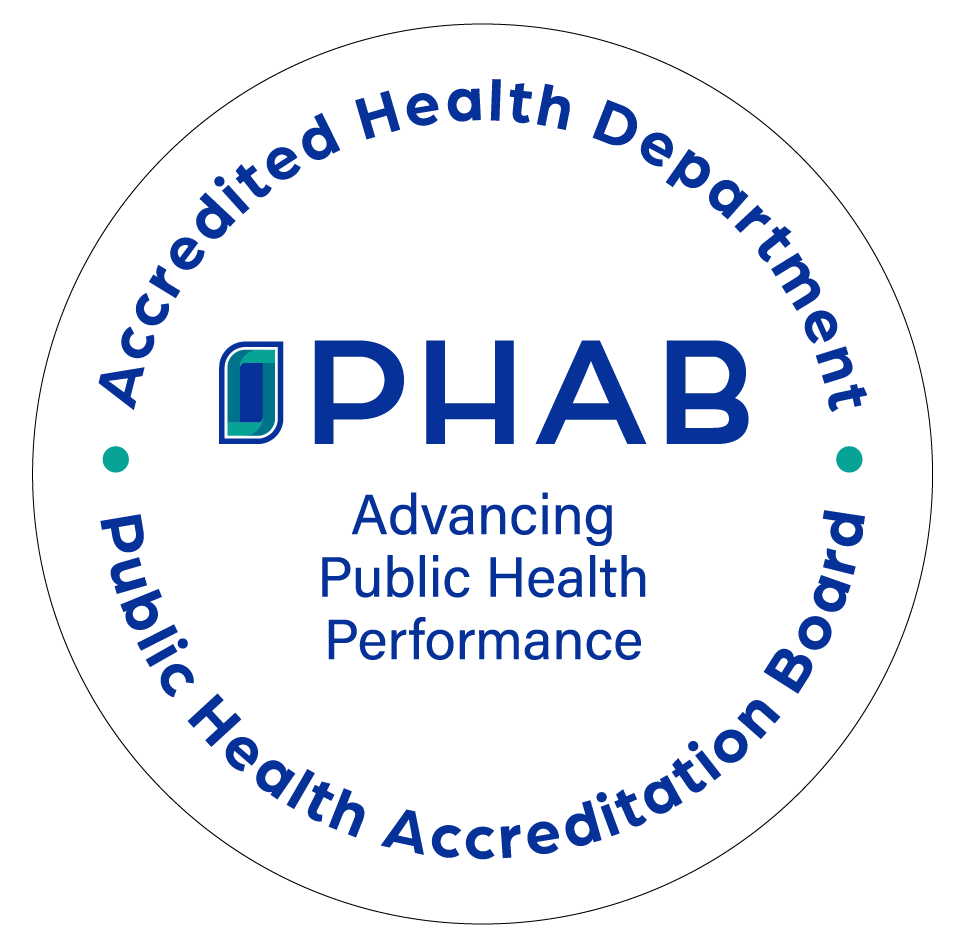
UPPER SANDUSKY, Ohio — Wyandot County Public Health has concluded well testing related to an incident that turned Poverty Run Creek, east of Carey, a purple color.
Well testing was conducted by WCPH staff through an independent lab between Aug. 13 and Aug. 21 for wells in the vicinity of Poverty Run Creek related to purple water caused by liquid manure discharge. In total, 41 wells were tested for E. Coli contamination. Of these, E. Coli was found in two wells.
The two E. Coli-positive well water samples were not geographically near each other and cannot be conclusively tied to the incident. Individuals utilizing these wells have been notified and provided with well disinfection procedures. Drinking water or eating foods infected with E. Coli can cause symptoms including diarrhea, stomach cramps, vomiting and sometimes fever.
Generally, the risk for well water contamination in incidents like this is considered low. Well water samples were offered in this incident because the area of Poverty Run Creek is known for shallower wells due to glacial deposits that cause bedrock to be encountered at shallower depths. Because shallow wells create some concern for contamination due to less soil filtration of groundwater, Wyandot County Public Health provided well water samples to those who were concerned about the impact to their drinking water. This decision was made out of an abundance of caution and to provide peace of mind to those in the vicinity of the creek.
Results from these well samples have provided reasonable assurance that well water in the area was not impacted by this incident. Positive E. Coli samples in wells can come from leaking septic tanks, malfunctioning systems or from surface water runoff.
Costs of samples taken in this two-week period were charged to the party responsible for the incident at Poverty Run Creek. Those wishing to test the wells again may do so through Wyandot County Public Health or an independent certified water testing laboratory at their own expense.
Wyandot County Public Health remains committed to providing health and safety services that positively impact and improve the well-being of all who live, work, and play in Wyandot County. Questions about well water testing may be directed to Wyandot County Public Health’s Environmental Health Division by calling 419-294-3852 and selecting “Option 1” during business hours from 8:30 a.m. to 4:30 p.m.
The following statement regarding clean-up efforts at Poverty Run Creek was provided to Wyandot County Public Health by the Ohio Department of Agriculture on Aug. 25:
The Ohio Department of Agriculture (ODA) and the Ohio EPA (Ohio EPA) remain committed to overseeing cleanup in Poverty Run and investigating the incident in Wyandot County. The emergency response phase of the Poverty Run cleanup has concluded with both agencies continuing to monitor the situation.
Since discolored water was first reported on August 10, both agencies have played a role in overseeing the removal of more than 500,000 gallons from the creek. The party responsible is covering costs associated with cleanup.
The liquid manure discharge stemmed from a malfunctioning irrigation system at a nearby swine facility. The manure was drawn from an anaerobic lagoon. The red or pink tint is due to normal biological processes and indicates the lagoon is functioning properly. Anaerobic manure lagoons are utilized as a management practice to settle out manure solids and to minimize odors. Liquid manure pulled from these lagoons has an overall lower concentration of solids and typically very little odor. The Ohio EPA evaluated the situation and, at this time, sees no need to monitor air quality in the area.
ODA and Ohio EPA continue to investigate the incident and will consider enforcement actions related to Ohio laws and rules, as well as recommendations to prevent future violations. ODA is working with the facility to make certain all irrigation equipment is working properly. The lagoon from which this discharge is stored has been determined to be at proper levels.
Because this situation caused visible impact to fish and their habitat, the Ohio Department of Natural Resources (ODNR) has responded and is investigating to assess those impacts which could result in a penalty as defined by Ohio law. ODNR’s investigation is ongoing.

